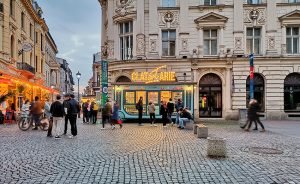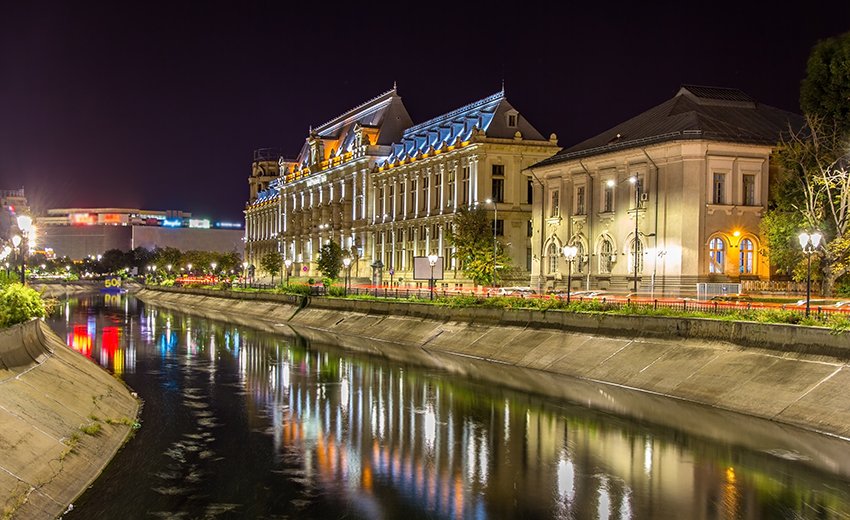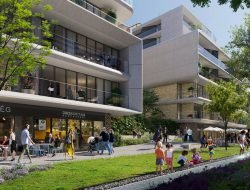The recent pandemic and successive lockdowns have accelerated the exodus to the countryside. To put a stop to empty city centres, cities must find a way to make them attractive once again. A revitalization that can only succeed by finding the right balance between all components of the urban ecosystem.

IKEA parking © Ruddy Corporan
Trade plays an essential role in proximity and social ties: without trade, a city is condemned to wither. By launching its first car-free store Ikea Westbahnhof in the center of Vienna, the Swedish kit furniture giant wants to be a stakeholder of the city centre and stir up the debate. It should be noted that deliveries of bulky items will be carried out by electric vehicles.
IKEA’s initiative has the merit of acting to revive the dynamism of urban centers and thus make them more resilient, but is it realistic to rely on such a distribution model?
New approach or monumental error?
At a time when large shopping centres on the outskirts of cities seem to have lost their power of attraction, this initiative is sometimes applauded, sometimes welcomed with scepticism, but never does it leave people indifferent.
On RetailWire, opinions are divided. Some experts see it as a new creative approach to distribution, and others wonder if IKEA is not shooting itself in the foot by undermining a system that has proven itself worldwide. The current post-covid period seems to have reversed the trend of returning to city centres that was taking shape before the crisis. Today, in Europe, the desertion of urban centres by city dwellers, tired by successive lockdowns, seems to be accelerating in the name of quality of life.
Diversity key for urban resilience
To answer the equation quality of life v. economic dynamism, the French government has launched the national Action coeur de ville plan to rehabilitate housing, mobility, public spaces… A similar programme called Petites villes de demain is also set up for the smallest municipalities.
In Belgium, UP-City, a strategic consultancy firm for the balance, management and development of territories, recommends functional diversity (offices-shops-housing) to strengthen the resilience of city centres while not giving up peri-urban shopping malls, whose offer must, however, be different.

Bucharest © Jani Godari
In Hungary and Romania, both Budapest and Bucharest have launched extensive dynamisation plans of their city centres, focussing on shopping malls, leisure spaces, sports centres, and even administrative services in the heart of the city, such as for instance, the Justice district in Bucharest.
There are many courses of action. But, whatever revitalisation approach is chosen, what remains certain is that city centres form an ecosystem whose multiple components (commerce, services, culture, residents, businesses, etc.) contribute to their vitality. Focusing on trade alone will lead nowhere if you don’t invest in a comprehensive and sustainable approach.

Palace of Justice in Bucharest, Romania
Tags: Action cœur de ville, Bucharest, Budapest, dynamisation plans of their city centres, Ikea Westbahnhof, large shopping centres, Up-City





































